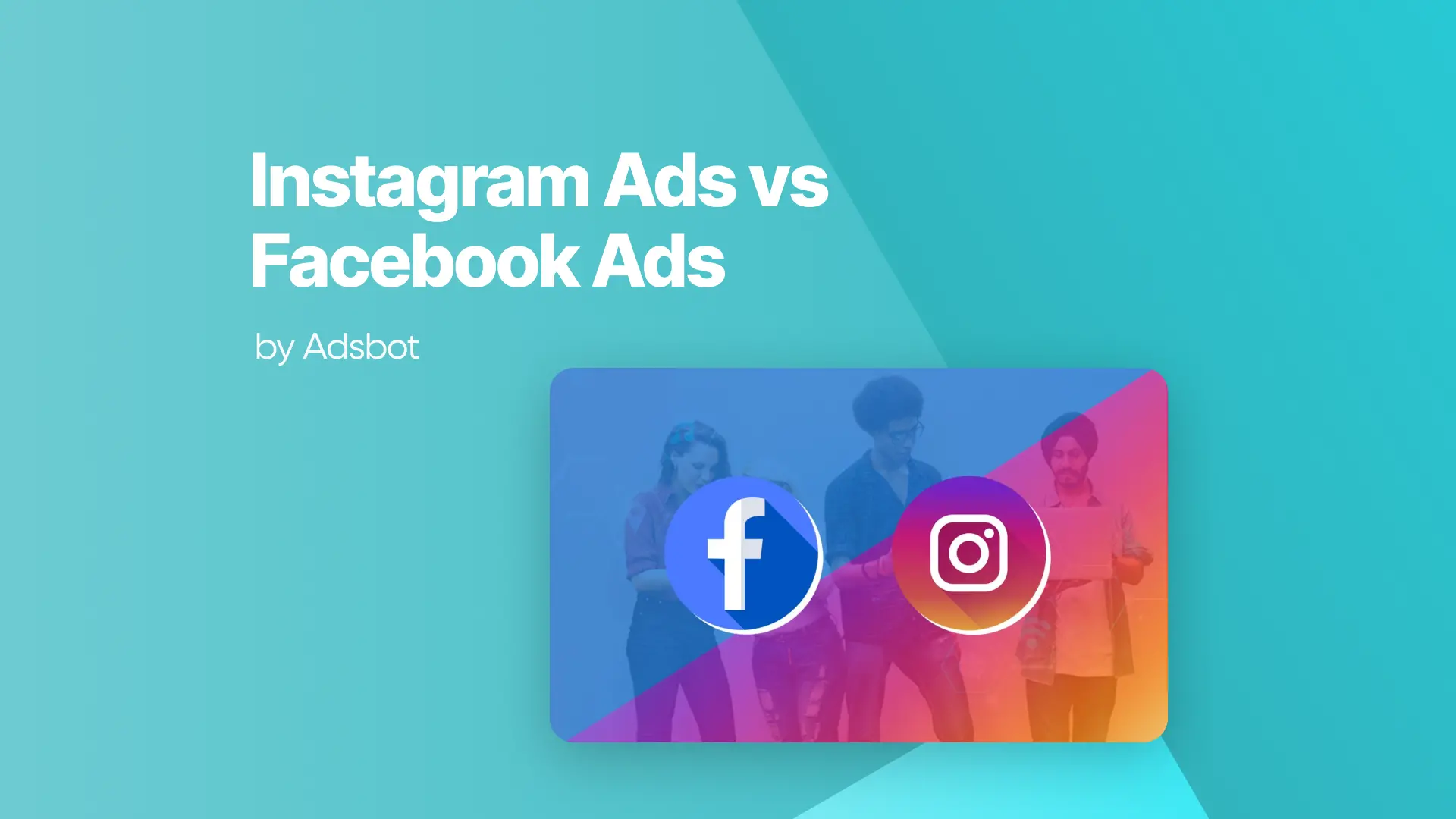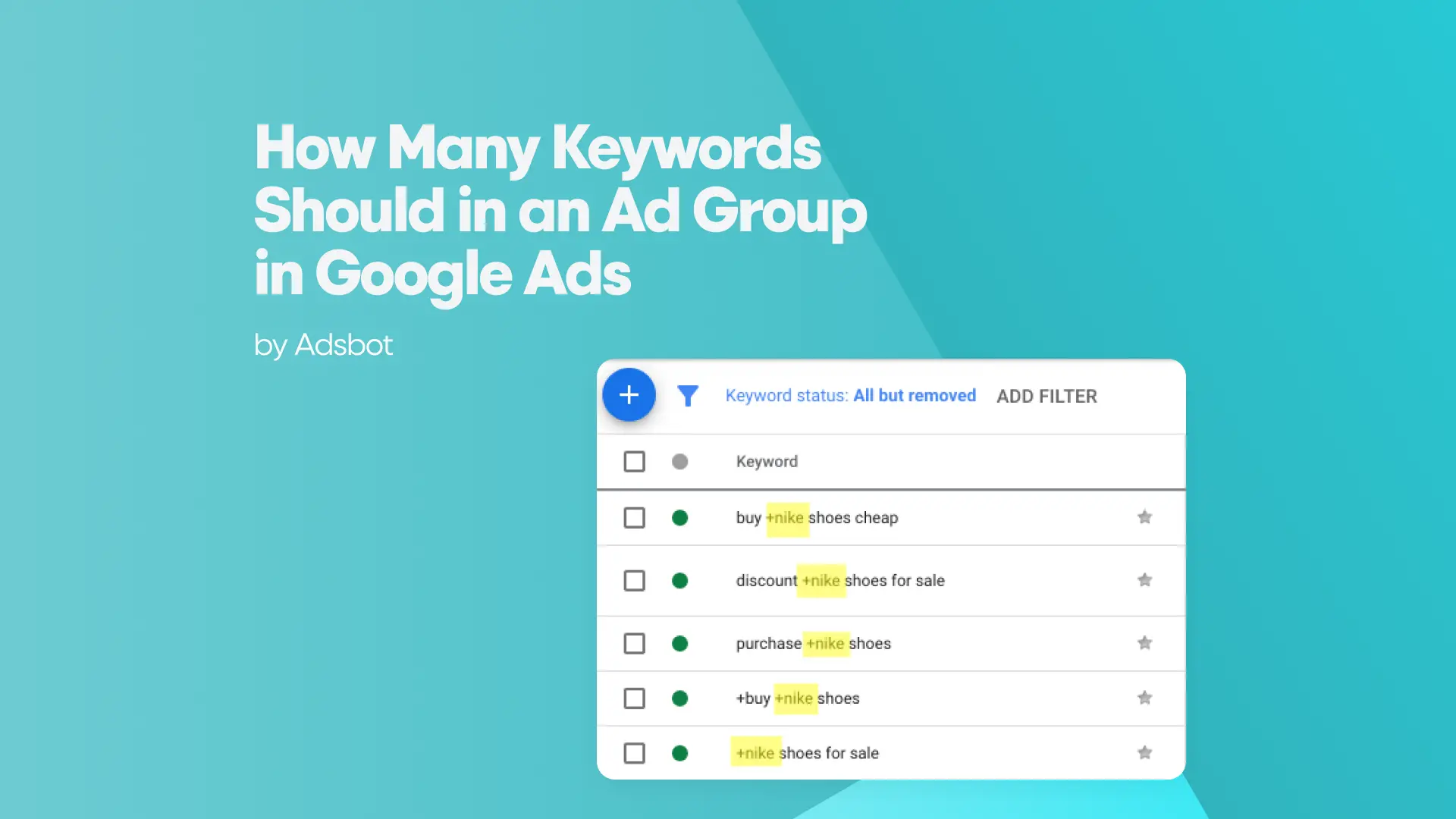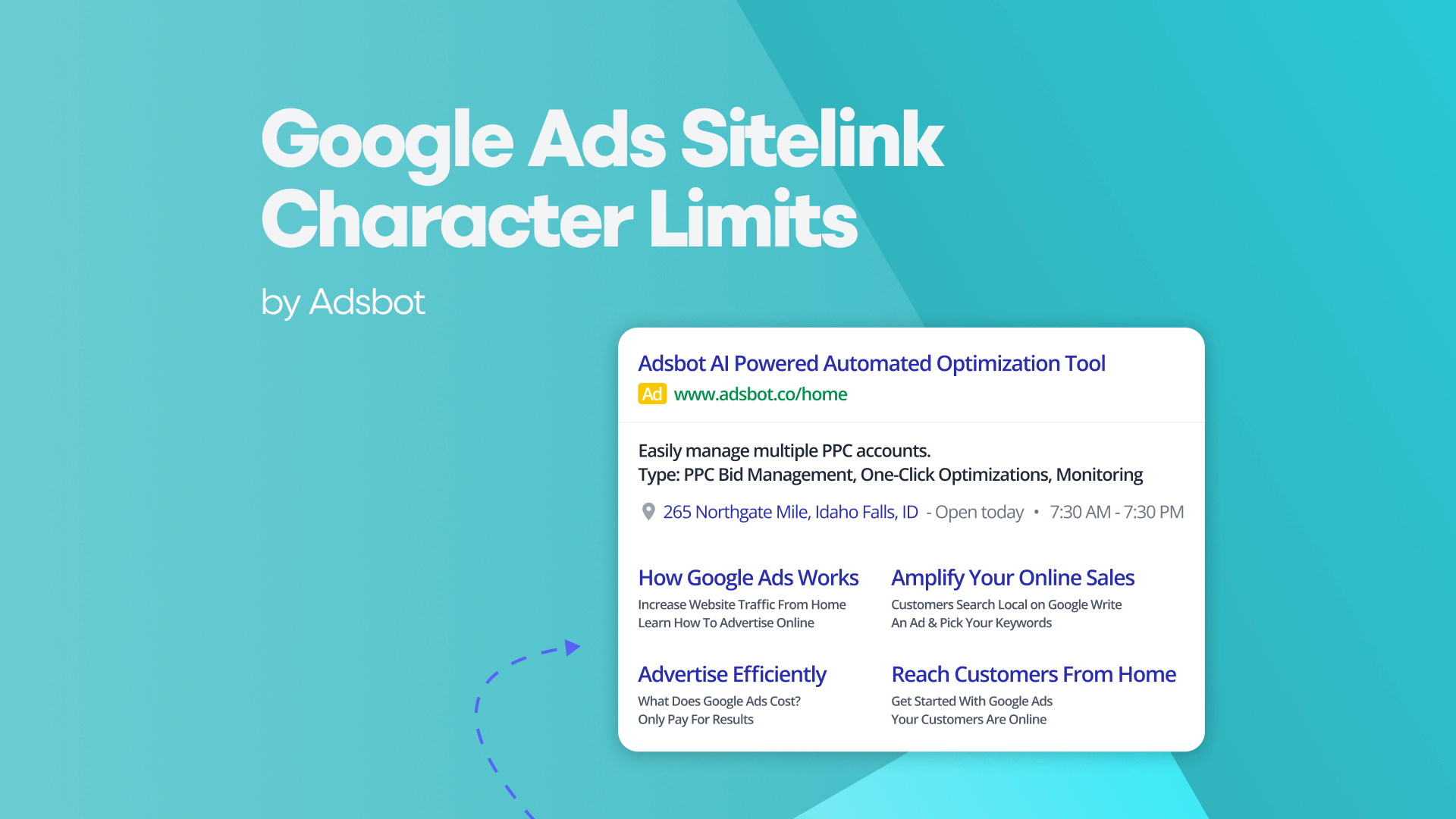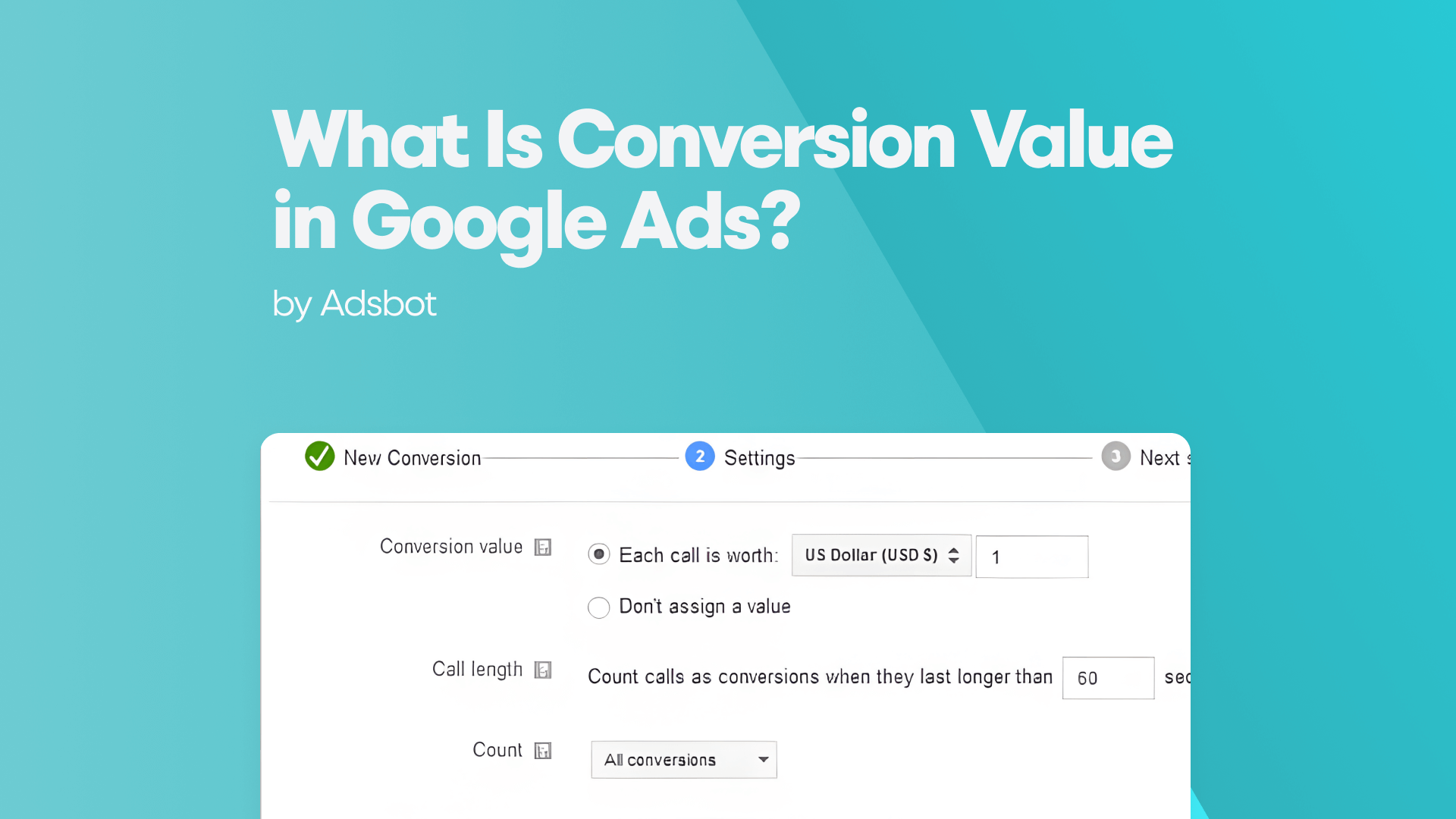The choice between Instagram Ads and Facebook Ads can be a pivotal decision for businesses seeking growth. Imagine reaching millions of potential customers with just a few clicks. That’s the power of social media advertising! As a business owner or marketer, you might wonder which platform, Instagram or Facebook, could bring you closer to your goals. In this comprehensive guide, we’ll delve into the nuances of both advertising platforms, illuminating their strengths and differences. Whether you’re a seasoned marketer or just getting started, understanding these platforms can significantly enhance your advertising strategy. So, are you ready to unlock the secrets of successful social media advertising? Let’s dive in and explore which platform might be your ideal choice, and how to leverage both for maximum impact!
Overview of Facebook Ads and Instagram Ads
Facebook Ads and Instagram Ads are powerful tools in the digital marketing arsenal, each offering unique advantages. Facebook Ads, with its vast user base of over 2.8 billion monthly active users, provides advertisers with extensive reach and diverse targeting options. It facilitates various ad formats, including photo, video, carousel, and more, catering to different marketing needs and objectives. On the other hand, Instagram Ads, while part of the same Facebook family, focuses more on visual storytelling.
With over 1 billion monthly active users, it is particularly effective for brands targeting younger demographics who favor visual content. Instagram’s user-friendly interface and visually appealing format make it ideal for brands looking to boost engagement through striking imagery and creative visuals. Both platforms utilize Facebook’s sophisticated ad management system, allowing marketers to optimize campaigns effectively. However, the choice between them often hinges on the specific audience and content style best suited for the brand’s goals.
How Facebook and Instagram Ads Differ
When it comes to targeting capabilities, both Facebook and Instagram Ads leverage Facebook’s extensive data collection to offer precise targeting options. Facebook Ads excel in targeting a broad audience range with intricate details such as demographics, interests, behaviors, and even life events. This makes it easier for businesses to reach niche audiences effectively. Instagram Ads, while sharing similar targeting capabilities, often appeal more to brands aiming to connect with a younger, more visually-oriented audience.
Instagram’s targeting is particularly beneficial for lifestyle, fashion, and beauty brands, where visual engagement is crucial. Moreover, Instagram’s Explore page offers an additional layer of targeting potential, allowing brands to reach users who are actively seeking new content. Both platforms allow retargeting strategies, enabling businesses to re-engage users who have previously interacted with their brand. Understanding these targeting nuances can help marketers tailor their campaigns to maximize reach and engagement on each platform accordingly.
Ad Formats Available on Facebook and Instagram
The diverse ad formats available on Facebook and Instagram cater to various marketing strategies. The most impactful format, Facebook’s carousel ads, allows businesses to showcase multiple images or videos within a single ad unit, enhancing storytelling capabilities. Other key formats include:
- Image Ads: Single photo ads that are simple yet effective for brand awareness.
- Video Ads: Engaging video content that can captivate audiences quickly.
- Collection Ads: Combines video and product images, ideal for showcasing catalogs.
- Stories Ads: Full-screen vertical ads that appear between user stories, offering an immersive experience.
Both platforms support these formats, but Instagram’s strength lies in its visually-driven presentation, making it a perfect fit for brands emphasizing aesthetics. Additionally, Facebook’s lead ads simplify the lead generation process by allowing users to submit their details without leaving the platform. This direct interaction capability is a significant advantage for businesses seeking immediate customer engagement. By understanding these options, advertisers can select the most appropriate ad formats to achieve their specific marketing objectives.
Which Platform Drives More Interaction?
When it comes to audience engagement, Instagram often takes the lead, particularly for brands focused on visual content. Its design encourages interactions through likes, comments, and shares, fostering an active community. Instagram’s emphasis on visuals attracts creative industries and influencers, who thrive on high engagement rates. Meanwhile, Facebook, with its broader demographic, offers varied engagement opportunities through its diverse content formats. It supports community building through groups, events, and more interactive posts. However, engagement on Facebook tends to be more conversational, making it suitable for brands looking to foster discussions and community interactions. Instagram’s higher engagement rates, especially among younger audiences, often result in better brand visibility and loyalty. Ultimately, the choice between platforms should align with the brand’s engagement objectives, whether it’s driving visual interactions on Instagram or fostering community discussions on Facebook.
Benefits of Running Cross-Platform Campaigns on Facebook and Instagram
Running cross-platform campaigns on Facebook and Instagram offers businesses a comprehensive reach and engagement strategy. By leveraging both platforms, brands can tap into Facebook’s vast audience reach while capitalizing on Instagram’s strong visual engagement. This dual approach ensures a more holistic brand presence, catering to diverse audience preferences. Cross-platform campaigns allow for consistent messaging across different demographics, enhancing brand recognition and recall.
Moreover, utilizing Facebook’s unified ad management system simplifies campaign tracking and optimization, providing valuable insights across both platforms. This synergy not only improves targeting efficiency but also maximizes the return on ad spend. Furthermore, cross-platform campaigns can adapt to the evolving consumer journey, guiding potential customers seamlessly through the sales funnel. By integrating both platforms into a cohesive strategy, businesses can enhance their advertising impact, reaching broader audiences while fostering deeper engagement.
Common Mistakes to Avoid with Instagram and Facebook Ads
The most critical mistake businesses make with Instagram and Facebook Ads is neglecting to tailor content to each platform’s unique strengths. Other key factors include:
- Ignoring Audience Demographics: Failing to consider the distinct user bases of each platform can lead to ineffective targeting.
- Overlooking Visual Quality: On Instagram, especially, low-quality visuals can diminish engagement and brand perception.
- Neglecting A/B Testing: Skipping tests on different ad creatives and formats can result in missed optimization opportunities.
- Inconsistent Branding: Inconsistent messaging across platforms can confuse audiences and dilute brand identity.
Understanding these pitfalls is essential for maximizing ad performance. For example, while Facebook supports a range of content types, Instagram thrives on high-quality visuals. Therefore, ensuring that ads are visually compelling on Instagram is crucial. Additionally, regularly testing different ad variations can provide insights into what resonates best with each audience. By avoiding these common mistakes, businesses can enhance the effectiveness of their social media advertising campaigns, ensuring their efforts yield the desired results.
Popular Posts
-
How Many Keywords Should Be In an Ad Group in Google Ads?
Ever wondered if your Google Ads campaigns are packed with…
Read more -
Google Ads Script for Dummies: An Introduction
Imagine you have an e-commerce website that sells licensed superhero…
Read more -
Google Ads Sitelink Character Limits
Your Google Ads are cutting off in the middle of…
Read more -
What Is Conversion Value in Google Ads?
What if you could put a price tag on every…
Read more
Register for our Free 14-day Trial now!
No credit card required, cancel anytime.





